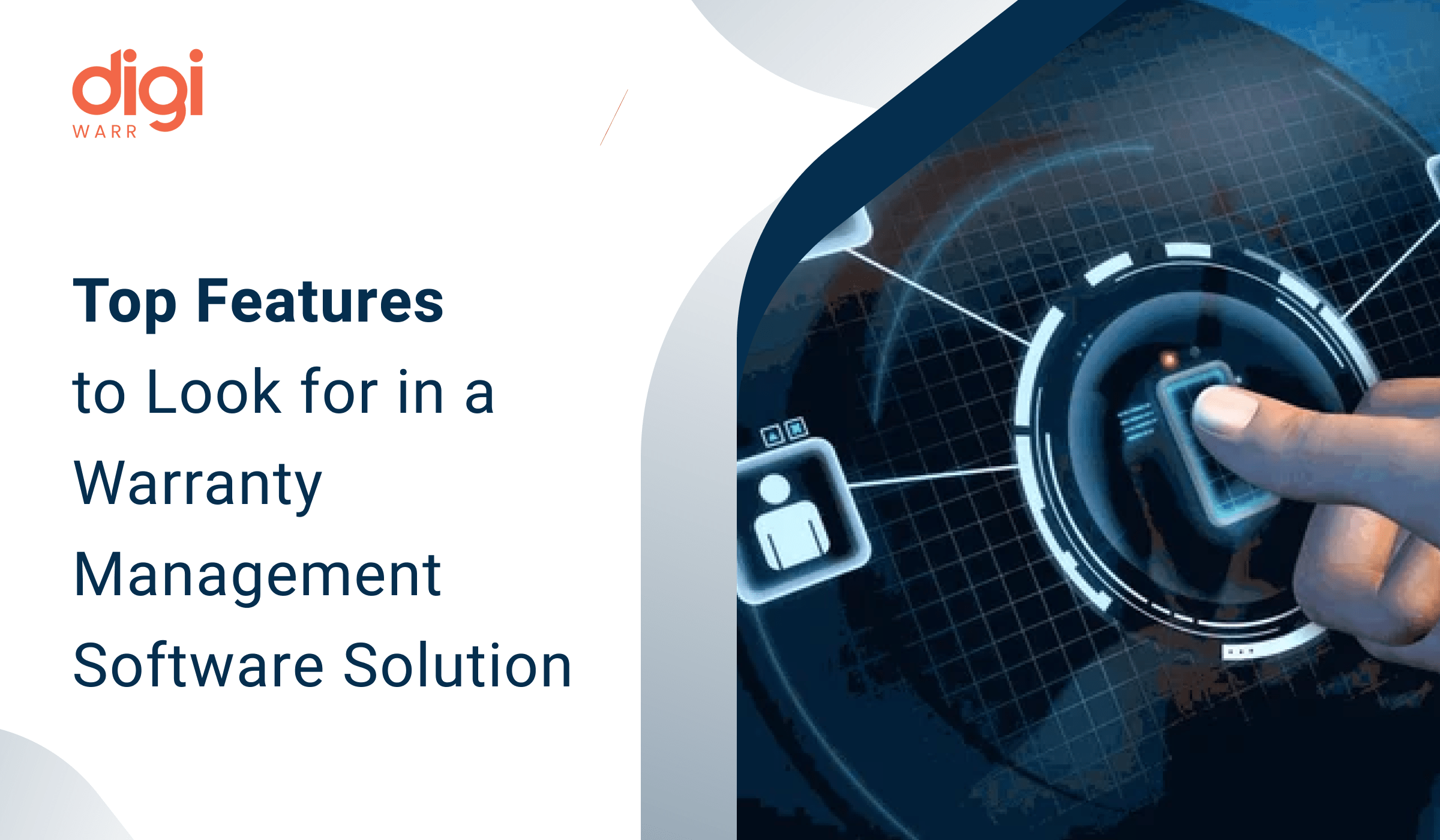
In today’s fast-paced market, businesses are increasingly dependent on technology to enhance customer satisfaction and streamline operations. Warranty management software has become an indispensable tool for companies looking to efficiently manage warranty claims and reduce the financial burden associated with these claims. This technology not only helps in keeping track of warranties but also aids in the quick resolution of claims, thereby maintaining customer trust and loyalty. This guide provides a comprehensive overview of the essential features to look for in warranty management software, helping your business efficiently manage warranty issues and stay competitive in the marketplace
Efficient warranty management software should seamlessly integrate with your existing CRM and ERP systems, ensuring data consistency and accuracy across all platforms. This integration allows for the automatic updating of customer information and product details, facilitating a more coordinated approach to warranty management.
Automation is key to streamlining warranty claims management. Look for software that automates the process from claim initiation to resolution. This includes automated claim tracking, status updates, and communications. Automation reduces manual errors and speeds up the claims process, enhancing customer satisfaction.
Detailed analytics and reporting capabilities are vital for assessing the effectiveness of your warranty programs and understanding trends in claims. The best warranty management systems offer customizable reports that provide insights into claim patterns, product performance, and service effectiveness, helping you make data-driven decisions.
To protect against fraudulent claims, which can be costly, advanced warranty management solutions include fraud detection features. These systems analyze patterns and flag unusual claims activity, allowing you to investigate potential fraud more efficiently.
Effective warranty management software will have robust modules for managing detailed customer and product information. This feature should allow you to track product warranties, service histories, and customer interactions in one place, giving you a holistic view of the customer journey with product lifecycle.
With the increasing need for on-the-go access, mobile compatibility is a must. The software should offer a mobile app or be mobile-friendly to allow channel partners to manage and process claims remotely. This capability is particularly useful for field service agents and technicians.
A well-designed user interface is not just about aesthetics—it’s about enhancing productivity. By providing a straightforward and logical flow. A software enables your team to perform tasks more efficiently, whether it’s logging new warranties, tracking claims, or generating reports. Every feature is just a few clicks away, helping you manage warranties with speed and precision.
Every business has unique needs, and your warranty management software should be able to accommodate them. Look for solutions that offer flexible configuration options and can be customized to fit your specific business processes and requirements.
As with any system handling sensitive customer and business data, security is paramount. Ensure the software complies with industry security standards and includes secure data storage, backup options, and robust access controls. A commitment to security ensures that your business operations remain secure and compliant, giving you peace of mind.
Good technical support and regular updates are crucial to keep your warranty management system running smoothly. Opt for vendors that provide reliable customer support and regular software updates to address any issues and add new features.
Choosing the right warranty management software is pivotal for enhancing service quality and operational efficiency when handling warranty claims. As businesses evolve, the need for a system that not only meets immediate needs but also grows with your business becomes essential. By focusing on these key features, you’re able to make a well-informed decision that ensures your investment in warranty management software pays off both now and in the future. This checklist should serve as your guide to selecting a system that provides comprehensive management capabilities, bolsters your customer service efforts, and safeguards your operations against the complexities of warranty claims. Such strategic investment in robust warranty management tools will facilitate seamless claims processing, reduce operational hiccups, and ultimately contribute to sustained business growth and customer satisfaction.